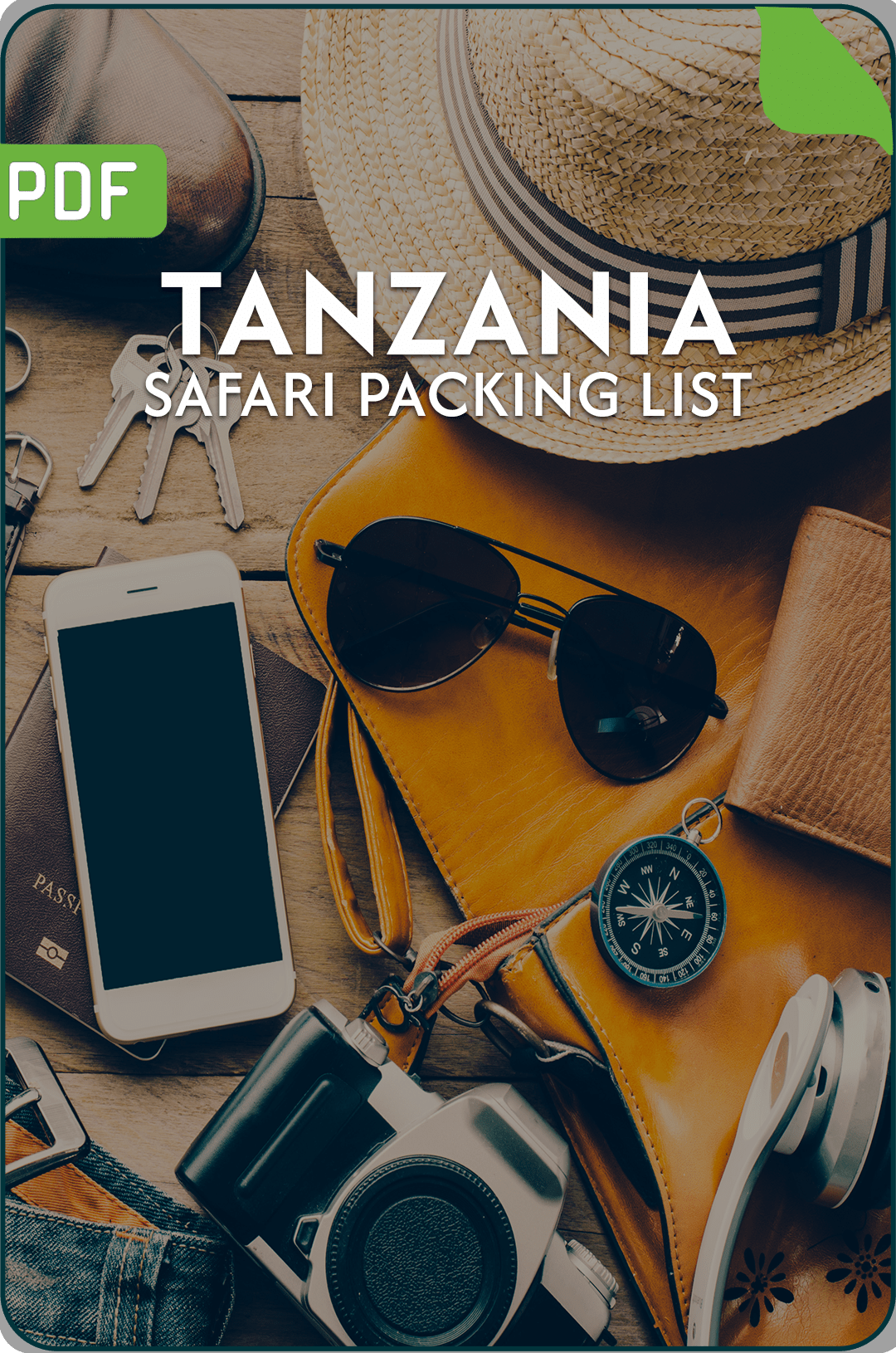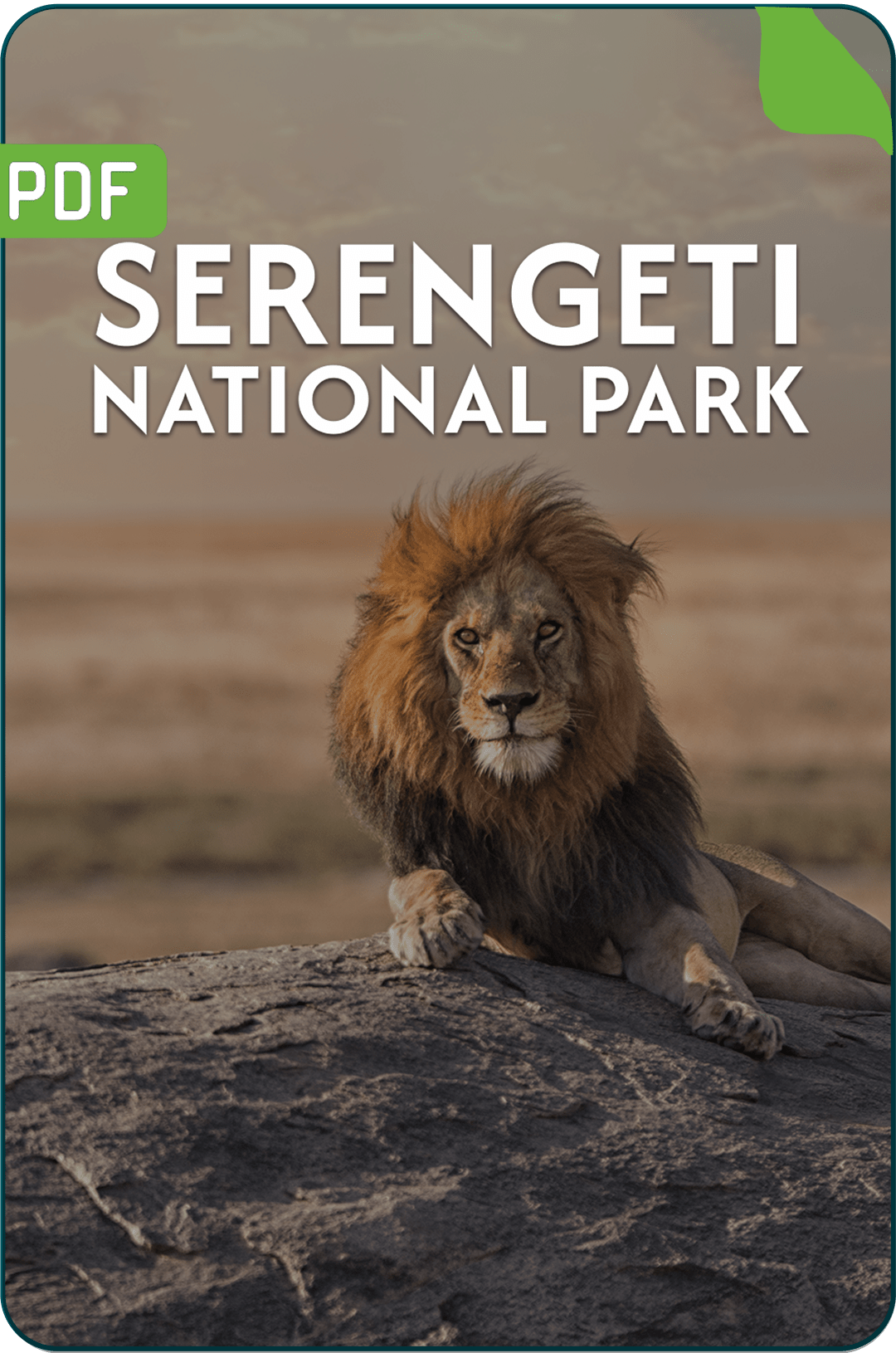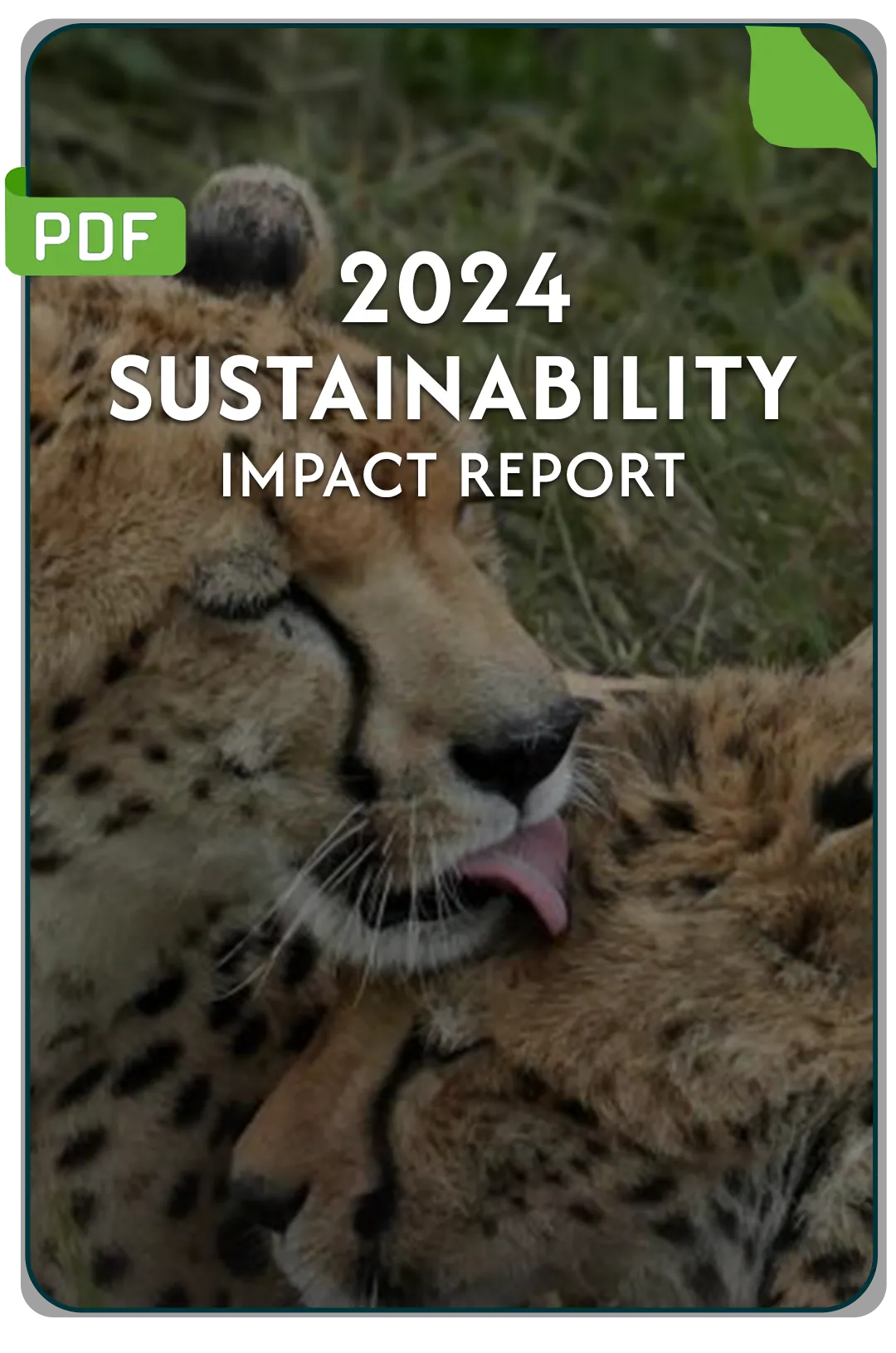Our crew all receive fair salaries; however, they also rely on the income they receive from tips. Our Kilimanjaro Tipping Guidelines are in line with KPAP and are recommended guidelines only.
Below are standard tipping recommendations to be split between everyone in your group. We prefer you to distribute tips to crew members individually and directly at a ceremony held at the end of your climb.
It is a good idea to bring some notes in lower denominations to assist with splitting funds. We will provide a tipping guide with specific crew numbers at your briefing, with envelopes to help you separate money into individual amounts.
Head Guide:USD$20 per day
Assistant Guide(s):USD$12 per day
Cook(s):USD$12 per day
Porters:USD$5-7 per day
To help you calculate a rough total tipping amount, we work with ratios of at least one guide per two clients and approximately four porters per client. Please remember Kilimanjaro Porters carry food, gas, tents, etc. in addition to your luggage.
Beyond your climb, you will find people helping you with various other tasks. For example, there may be a porter at the airport to help carry your bag to the vehicle. At the lodge, someone may help bring your bags to your room. Whilst tipping on Kilimanjaro is not culturally expected in these situations, it is appreciated and is worth having some USD notes available for this.



















 African Scenic Safaris #1 on TripAdvisor
African Scenic Safaris #1 on TripAdvisor 




